Rising Popularity of Cycling
The increasing popularity of cycling as a mode of transportation and recreation is a key driver in the Bicycle Lights Market. As urban areas become more congested, individuals are seeking alternative means of transport that are both efficient and environmentally friendly. This trend is reflected in the growing number of cycling enthusiasts, with reports indicating that cycling participation has surged by over 20% in recent years. Consequently, the demand for bicycle accessories, including lights, has escalated. Bicycle lights are essential for ensuring visibility and safety during night rides, thus contributing to the overall growth of the Bicycle Lights Market. As more individuals embrace cycling, the need for reliable lighting solutions becomes paramount, further propelling market expansion.
Increased Awareness of Road Safety
The heightened awareness of road safety among cyclists is a crucial driver for the Bicycle Lights Market. As more individuals recognize the importance of being visible to motorists, the demand for high-quality bicycle lights has surged. Educational campaigns and advocacy for cyclist safety have contributed to this awareness, leading to a greater emphasis on using lights during rides. Statistics indicate that accidents involving cyclists can be significantly reduced with proper lighting, prompting many cyclists to invest in reliable lighting solutions. This growing consciousness about safety is likely to sustain the demand for bicycle lights, as consumers prioritize their well-being while cycling. Consequently, the Bicycle Lights Market is expected to benefit from this trend, as safety becomes a primary concern for cyclists.
Shift Towards Eco-Friendly Products
The shift towards eco-friendly products is increasingly influencing consumer choices in the Bicycle Lights Market. As environmental concerns gain prominence, many cyclists are seeking sustainable lighting options that align with their values. Manufacturers are responding to this demand by developing bicycle lights that utilize renewable materials and energy-efficient technologies. For instance, solar-powered bicycle lights are gaining traction, appealing to environmentally conscious consumers. This trend is reflected in market data, which suggests that eco-friendly products are experiencing a growth rate of approximately 15% annually. As more cyclists prioritize sustainability, the Bicycle Lights Market is likely to see a corresponding increase in demand for eco-friendly lighting solutions, further driving market growth.
Government Initiatives and Regulations
Government initiatives aimed at promoting cycling and enhancing road safety are significantly influencing the Bicycle Lights Market. Various countries have implemented regulations mandating the use of lights on bicycles, particularly during low-light conditions. For instance, legislation in several regions requires cyclists to equip their bicycles with front and rear lights, thereby creating a consistent demand for these products. Additionally, government-sponsored cycling programs and infrastructure improvements, such as dedicated bike lanes, encourage more people to cycle. This regulatory environment not only boosts the visibility of bicycle lights but also fosters a culture of safety among cyclists. As a result, the Bicycle Lights Market is likely to experience sustained growth driven by these supportive governmental measures.
Technological Advancements in Lighting
Technological advancements in lighting solutions are transforming the Bicycle Lights Market. Innovations such as LED technology have led to the development of more efficient, durable, and brighter bicycle lights. These advancements not only enhance visibility but also extend battery life, making them more appealing to consumers. The market has seen a shift towards smart bicycle lights that integrate features like automatic brightness adjustment and connectivity with mobile applications. Such features cater to the evolving preferences of tech-savvy cyclists, thereby expanding the market. Reports suggest that the adoption of LED lights has increased by approximately 30% in recent years, indicating a strong trend towards modern lighting solutions. This technological evolution is likely to continue driving growth in the Bicycle Lights Market.


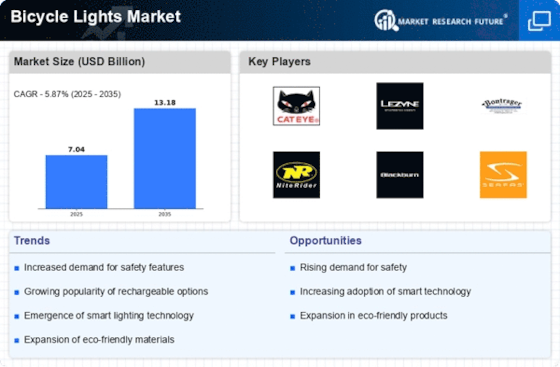

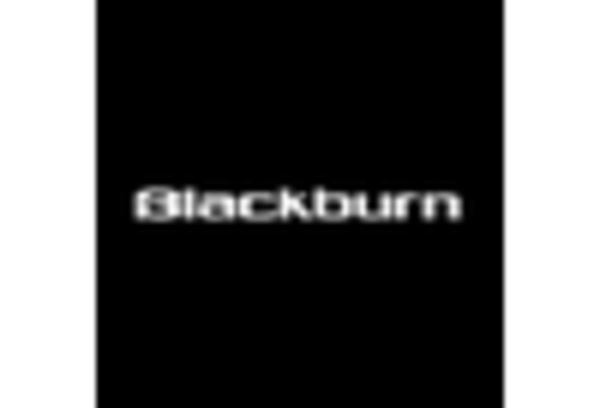
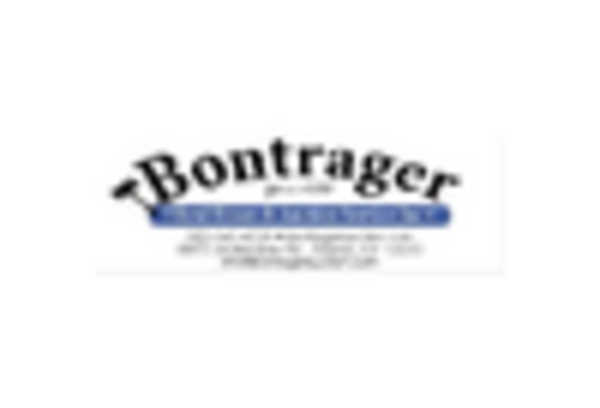

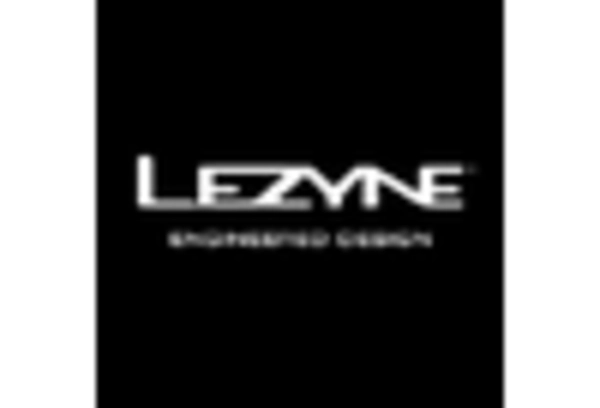
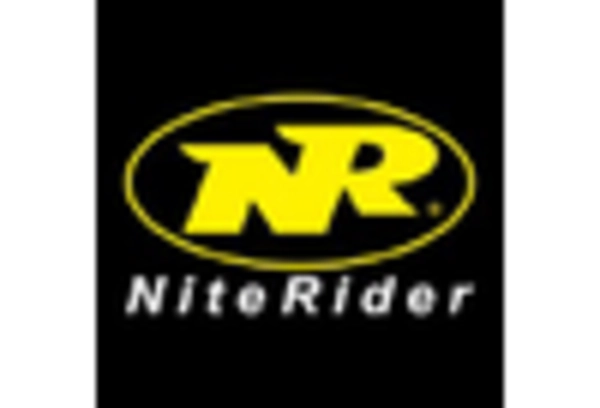
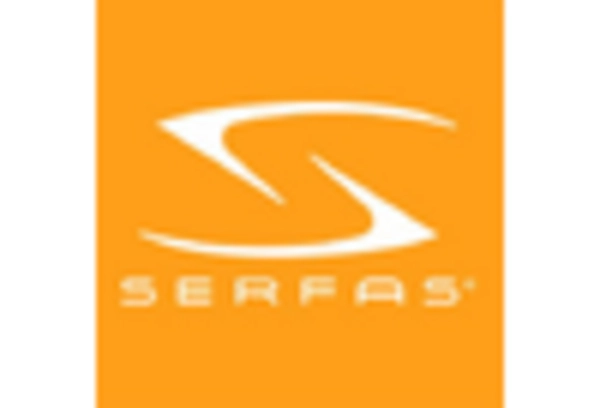








Leave a Comment